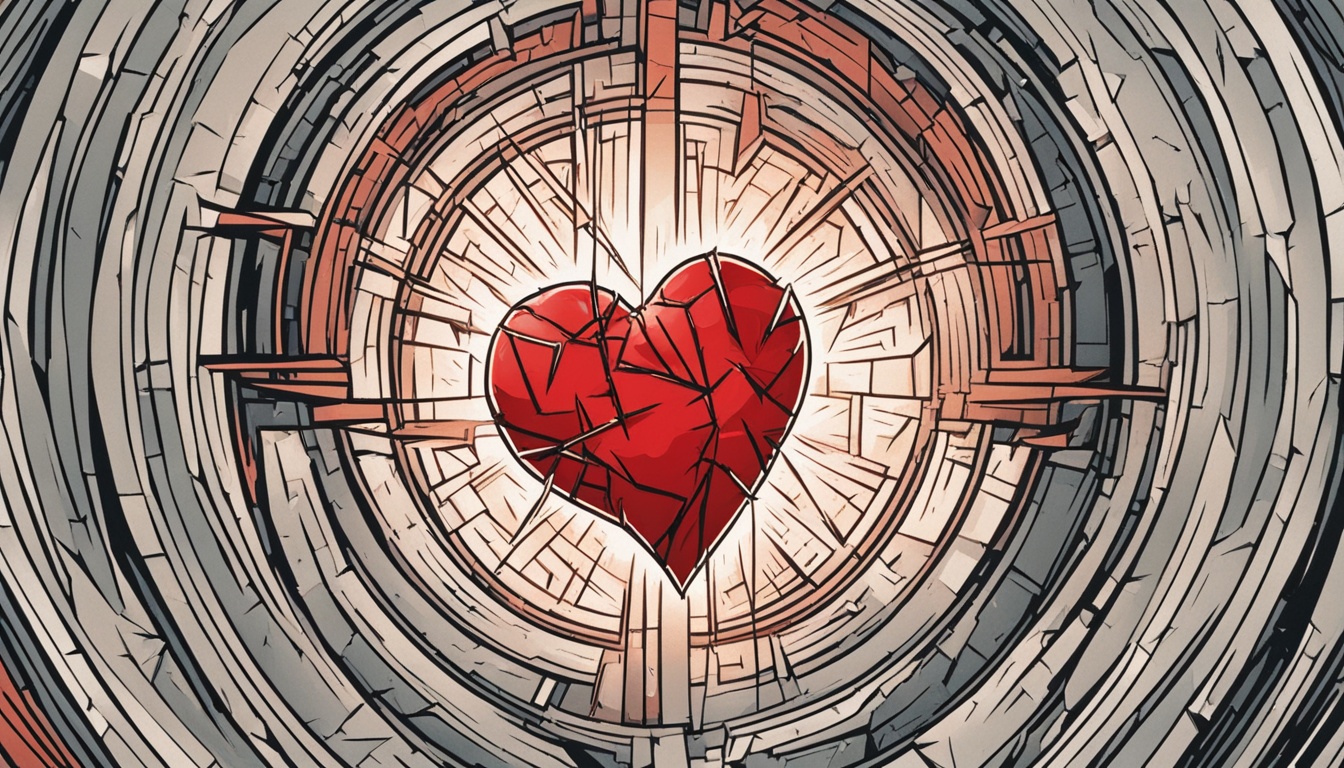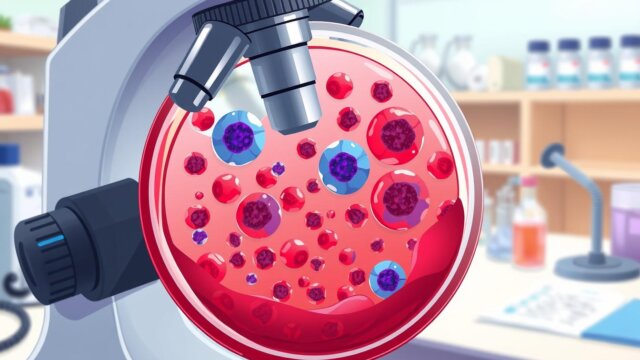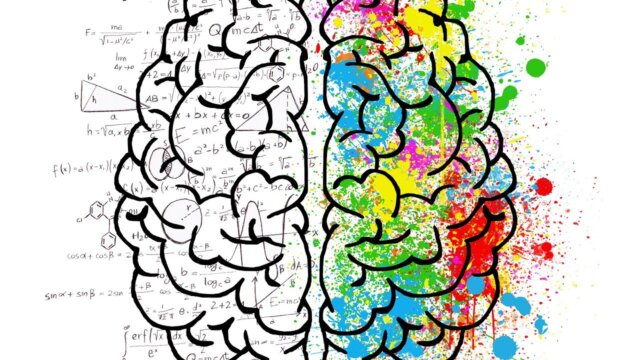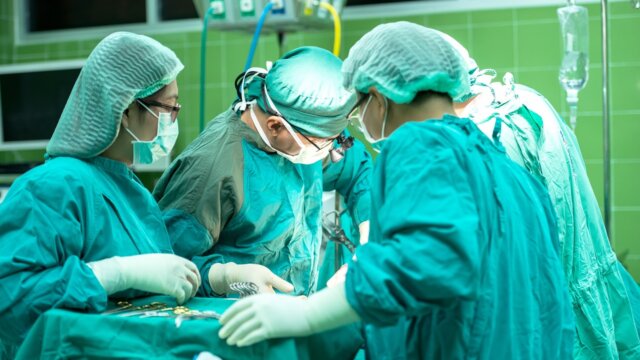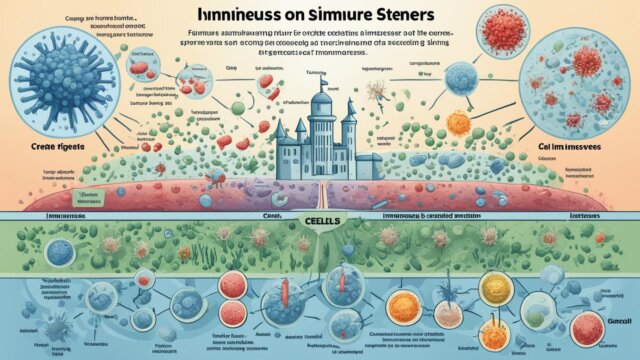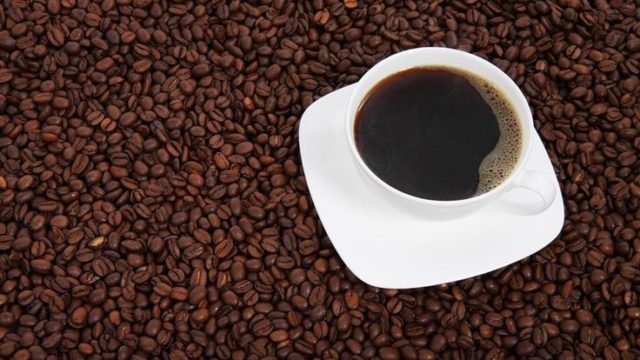FTC disclaimer: This post may contains affiliate links and we will be compensated if you click on a link and make a purchase.
Every 40 seconds, someone in the U.S. has a heart attack. Over a million Americans face this scary event each year. A heart attack happens when blood flow to the heart is cut off or blocked. This is often because of fat, cholesterol, and other stuff building up in the arteries.
This buildup is called plaque. Atherosclerosis is the name for this process. Sometimes, plaque can burst and form a clot. This clot can block blood flow, causing heart muscle damage or even death. Quick action is key to saving lives during a heart attack.
Key Takeaways
- Heart attacks can happen to anyone, but the risk goes up after age 45 for men and 50 or menopause for women.
- Things like smoking, high blood pressure, high cholesterol, being overweight, diabetes, and not moving much are big risks for heart attacks.
- Plaque buildup in arteries (atherosclerosis) is the main cause of heart attacks. It leads to blockages and less blood flow to the heart.
- Quick action and medical help are very important to lessen heart damage and save lives during a heart attack.
- Changing your life, like quitting smoking, staying at a healthy weight, and exercising, can really lower your risk of heart attacks.
What is a Heart Attack?
A heart attack happens when the heart’s coronary arteries get blocked. This stops the heart from getting the oxygen it needs. This blockage is often from fatty deposits called plaque building up in the arteries, a condition called atherosclerosis. If a plaque bursts, a blood clot can block the artery, causing a heart attack.
Overview of Heart Attacks
When a heart attack happens, the heart muscle starts to die because it’s not getting enough blood. This is a serious situation that needs quick action to stop more damage or death. Heart attacks can be mild or very serious.
Difference Between Heart Attack and Cardiac Arrest
It’s key to know the difference between a heart attack and cardiac arrest. A heart attack is when a blockage in the coronary arteries stops blood flow. Cardiac arrest is when the heart suddenly stops working, causing loss of breathing and consciousness. Often, cardiac arrest comes after a heart attack. Quick treatment is vital for both to save lives, with cardiac arrest needing CPR and a defibrillator right away.
“Every 40 seconds, someone in the United States suffers a heart attack.”
Symptoms of a Heart Attack
Knowing the signs of a heart attack is key. Quick action can save lives. Chest pain is a common sign, but it can feel different for everyone. Some feel a tight feeling, others a mild ache, and some might not feel anything.
Common Symptoms in Men and Women
Heart attack signs include chest pain, pain in the shoulder, arm, back, neck, jaw, or upper belly, cold sweat, fatigue, heartburn, lightheadedness, and shortness of breath. These can happen to both men and women. Women might also see atypical symptoms.
Atypical Symptoms in Women
Women often see unusual heart attack signs like brief or sharp pain in the neck, arm, or back. Sometimes, the first sign can be sudden cardiac arrest with no warning. Women should watch for these signs and get help right away if they notice anything odd.
If you or someone you know has heart attack signs, call 911 or your local emergency number right away. Fast action can really help and might save a life.
“The difference between typical and atypical heart attack symptoms can be subtle, but it’s important to recognize them and seek medical help right away.”
Heart Attack: Causes and Risk Factors
Coronary Artery Disease and Plaque Buildup
Coronary artery disease (CAD) is the top heart disease in the U.S.. It’s a chronic condition where fatty deposits, called plaques, build up in the heart’s arteries. This is called atherosclerosis. These plaques make the arteries narrow, cutting down blood flow to the heart.
If a plaque bursts, it can cause a blood clot that blocks the artery. This leads to a heart attack.
Many things can make CAD worse and raise the risk of a heart attack. These include things you can’t change like your age, sex, and family history. But you can change things like high blood pressure, high cholesterol, diabetes, being overweight, not moving enough, eating badly, smoking, and stress.
Some health issues, like chronic kidney disease and diabetes, also raise the risk of a heart attack. People from certain ethnic groups, like South Asians, are more likely to get CAD and have a heart attack.
Knowing and dealing with these risk factors is key to stopping CAD and lowering the chance of a heart attack.
Risk Factor | Explanation | Mitigation Strategies |
|---|---|---|
Age and Gender | Men face a higher risk of heart attack than women, and women’s risk goes up after menopause. | Regular checkups and monitoring of cardiovascular health |
Family History | Early atherosclerotic cardiovascular disease in family members increases risk. | Genetic testing and proactive management of risk factors |
Lifestyle Factors | Smoking, not moving enough, eating poorly, and drinking too much alcohol are big risks for heart disease. | Quitting smoking, living a healthy life, and managing stress |
Health Conditions | Diabetes, high blood pressure, high cholesterol, obesity, and chronic inflammation raise heart attack risk. | Managing health conditions with medicine and lifestyle changes |
Understanding CAD and its risk factors helps people take steps to lower their heart attack risk.
Types of Heart Attacks
Heart attacks can be classified by an electrocardiogram (ECG or EKG). A total or near-total blockage of a big heart artery is usually a STEMI. This means a long stop in blood flow and can cause a lot of heart damage. A partial blockage is often a NSTEMI, where the ECG doesn’t show STEMI signs but blood tests show heart damage.
Some NSTEMI cases can have a total blockage. Also, a rare condition called MINOCA can happen when a heart attack occurs without big blockages in the main arteries. Acute coronary syndrome (ACS) includes STEMI, NSTEMI, and coronary spasm or unstable angina.
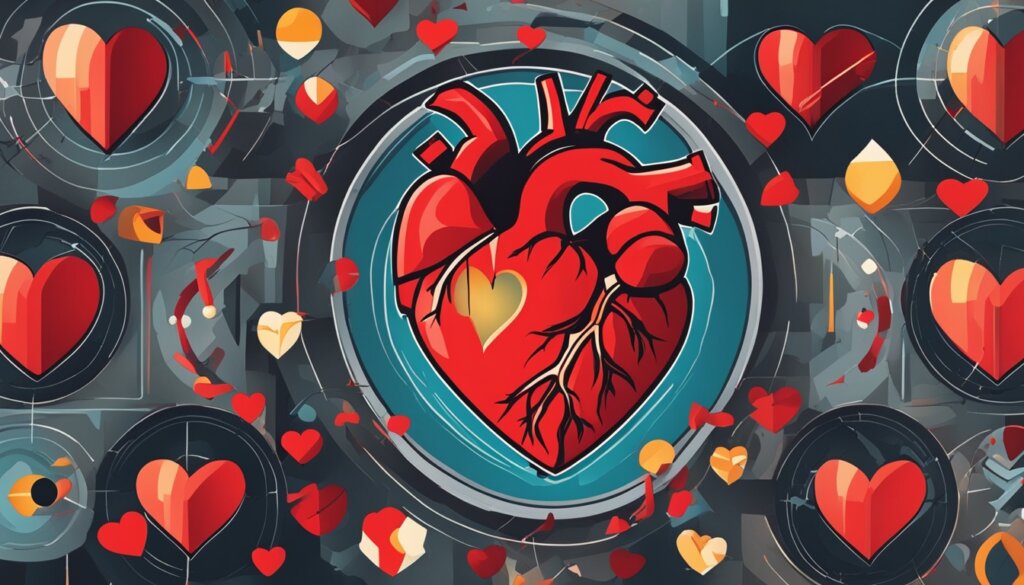
Knowing the type of heart attack is key for the right treatment. Treatment can include aspirin, nitroglycerin, and oxygen. Medications may also include clot busters, blood pressure meds, blood thinners, and statins. For severe cases, surgery like grafting or stent placement may be needed to help blood flow better.
Getting quick medical help is vital for less heart damage and better outcomes. Recovery from a heart attack depends on how bad it was. Cardiac rehabilitation programs are key to helping with recovery.
“Identifying the type of heart attack is critical for determining the appropriate treatment and improving patient outcomes.”
Heart Attack vs Angina
Angina is a type of chest pain caused by less blood flowing to the heart. It’s not the same as a heart attack. There are two main types: stable and unstable angina.
Stable Angina
Stable angina is common. It happens when you do hard work or feel stressed and stops with rest or nitroglycerin. Things that increase your risk include being older, having a family history of heart disease, high blood pressure, high cholesterol, diabetes, being overweight, stress, smoking, and not exercising.
Unstable Angina
Unstable angina is a serious issue. It means your chest pain is worse, lasts longer, and doesn’t go away with rest or medicine. This could mean a heart attack is coming. You should get help right away if you have unstable angina.
Knowing the difference between stable and unstable angina is key. They need different treatments. Always get medical help if you have chest pain or discomfort.
“Chest pain is a significant symptom, but not all chest pain is a heart attack. Recognizing the differences between angina and a heart attack can help you get the right treatment at the right time.”
What Happens During a Heart Attack?
A heart attack happens when a blockage stops blood and oxygen from reaching the heart. This blockage is usually caused by plaque buildup in the coronary arteries. When this plaque ruptures, it can form a blood clot that blocks the artery.
Without enough oxygen, the heart muscle starts to get damaged and can die. How much damage depends on the artery size and how fast treatment comes. The longer the blockage lasts, the more damage that can’t be fixed.
Blockage of Coronary Arteries
Coronary artery disease is the main cause of heart attacks. It happens when plaque builds up in the arteries. If this plaque ruptures, it can make a blood clot that stops blood flow to the heart. This blockage is what causes a heart attack, as the heart muscle lacks oxygen and starts to die.
Damage to Heart Muscle
The longer a coronary artery is blocked, the more the heart muscle gets damaged. Damage that can’t be fixed can happen in just 30 minutes. How bad the heart attack is and the chance of recovery depends on the affected area size and how fast blood flow is restored.
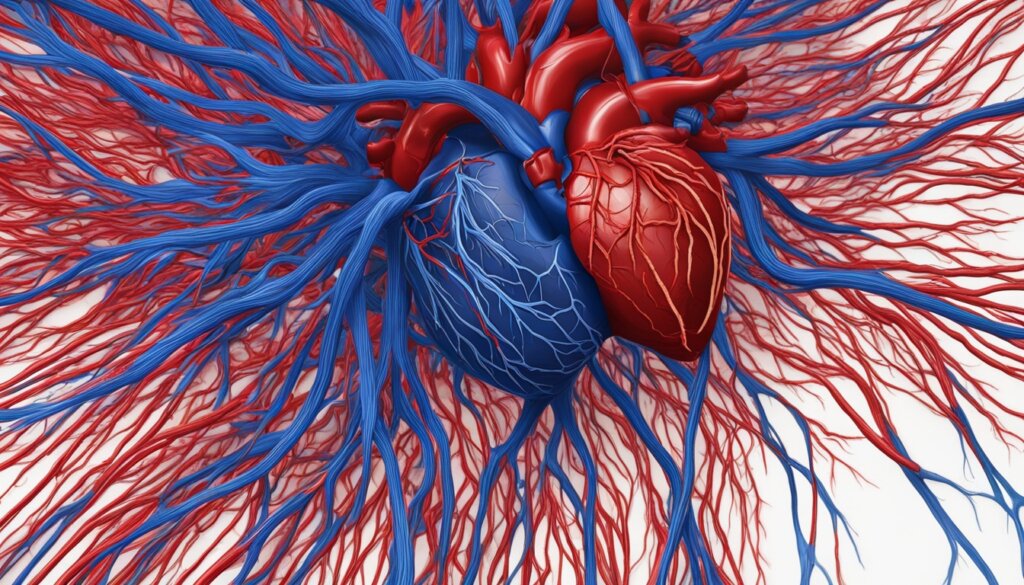
“Heart attacks are a leading cause of death, but they are also highly treatable if recognized and addressed quickly. Understanding what happens during a heart attack is the first step in saving lives.”
Emergency Response to a Heart Attack
When someone has a heart attack, call 911 right away for help. Every second is key, and quick action can save a life. While waiting for help, the person should take nitroglycerin if it’s prescribed. Bystanders should be ready to do CPR and use an AED if the person stops breathing.
Calling 911
It’s vital to call 911 fast if you think someone is having a heart attack. Waiting too long can cause more heart damage. Quick action helps save lives by giving CPR and defibrillation.
CPR and Defibrillation
If someone stops breathing, start hands-on CPR. This means doing chest compressions fast and hard, about 100-120 times a minute. It keeps blood flowing to the brain and heart until help comes.
Also, use an AED if you have one. It can help fix the heart’s rhythm. AEDs give clear instructions, making them easy to use in an emergency.
Quick action and treatment can greatly increase survival chances during a heart attack. By calling 911, doing CPR, and using an AED, you can save a life. Knowing how to act in an emergency can be the key to saving someone’s life.
“Calling 911 immediately is the most important step in responding to a heart attack. Every second counts, and prompt medical intervention can make all the difference.”
Medical Treatment for Heart Attacks
When you have a heart attack, a team will quickly work to make you stable and give you oxygen to keep blood flowing. At the hospital, your doctors will run tests to figure out the best way to treat you.
Medications
Medicines are key in treating heart attacks. Aspirin helps stop blood clots and keeps blood flowing well. Thrombolytics or fibrinolytics break up blood clots in the heart, and they must be given fast to lessen heart damage and save lives. Beta blockers slow the heart rate, lower blood pressure, reduce heart muscle damage, and help prevent more heart attacks.
Procedures
Your doctors might suggest procedures to fix blocked arteries and improve blood flow. Percutaneous coronary intervention (PCI) is a treatment that opens blocked arteries. Coronary artery bypass grafting (CABG) is surgery that helps blood flow around blocked arteries. Other treatments include angioplasty, laser angioplasty, heart valve surgery, atherectomy, minimally invasive heart surgery, and stent procedures.
After your first treatment, your doctors will help you make a plan to avoid future heart attacks. This plan might include cardiac rehab programs, which help patients get healthier, live longer, and have fewer problems.
Medication | Description |
|---|---|
Aspirin | Reduces blood clotting and helps keep blood moving through a narrowed artery. Can be chewed in cases of heart attack. |
Thrombolytics/Fibrinolytics | Drugs that break up blood clots blocking blood flow to the heart. Timing of administration is crucial for minimizing heart damage and increasing survival chances. |
Beta Blockers | Medications given during a heart attack to slow the heartbeat, decrease blood pressure, limit heart muscle damage, and prevent future heart attacks. |
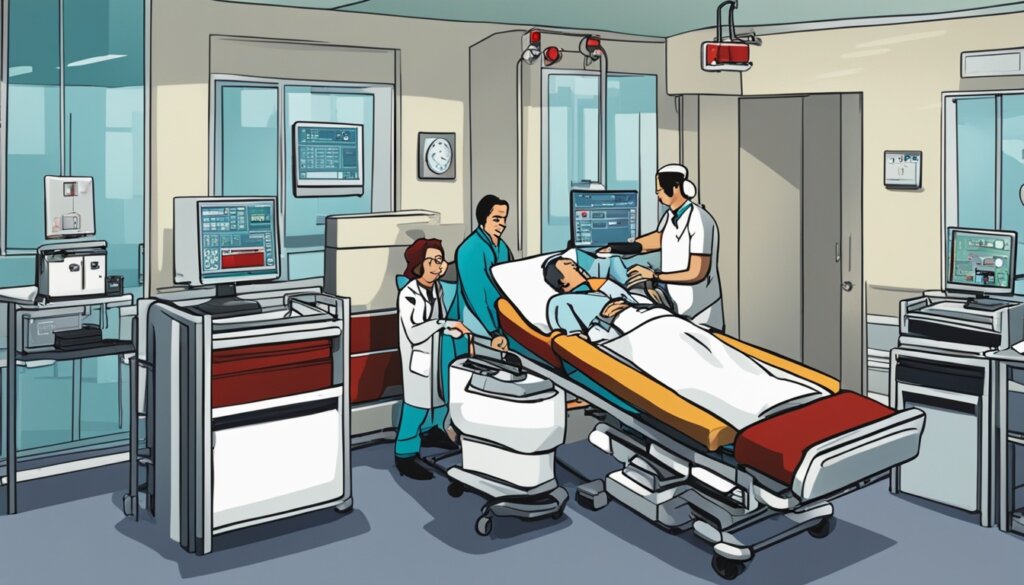
“Early advanced life support care should involve giving medications, using special breathing devices, and providing more defibrillation shocks if needed.”
Complications After a Heart Attack
Surviving a heart attack has gotten better thanks to defibrillators. Yet, some folks face serious issues. Arrhythmias, like complete heart block, can be deadly within 24 to 48 hours. Mild ones might just need beta blockers. However, ventricular arrhythmias might require an ICD to shock the heart.
Heart failure can happen too, especially if the left ventricle gets badly damaged. Signs include being short of breath, feeling tired, and swelling in the legs from fluid. If it gets worse, cardiogenic shock can happen, making the heart pump poorly. This can lead to confusion, cold hands and feet, less urine, a fast heart rate, and pale skin. Doctors might use vasopressors or surgery to help.
Heart rupture is another big issue that needs quick open-heart surgery. If you think someone is having a heart attack, get them to a hospital fast. After a heart attack, serious problems like arrhythmias, shock, and rupture can happen.
Getting older makes heart attack complications more likely. Quick action is key to surviving a heart attack. Afterward, changing your diet, staying active, and taking meds can lower the risk of another attack. How long it takes to recover depends on the heart damage, but rehab can help you get back in shape.
“Every day, 17 Australians die from a heart attack. One patient is admitted to the hospital due to a heart attack every 13 minutes.”
Some people don’t get warning signs before a heart attack. Also, having COVID-19 can make heart disease worse. If you think someone is having a heart attack, call triple zero (000) for help.
Recovery and Rehabilitation
Recovering from a heart attack is tough but key. Your doctors will help you know when you can do normal things again. This includes going back to work, being active, and eating right. It usually takes two to three months to recover, based on how bad the heart attack was and the treatment you got.
You’ll work with your healthcare team to make a plan for getting better. This plan will help manage any issues and prevent future heart attacks. It might mean eating foods from the Mediterranean Diet, moving more, and quitting smoking if you smoke.
Cardiac rehab programs are a big help. They offer a safe way to exercise and make lifestyle changes. These programs last 6 to 12 weeks and can be in groups, online, or at home. Studies show that cardiac rehab lowers the chance of another heart attack and helps you feel better overall.
While you’re getting better, take it easy. Start with simple tasks, like doing chores, going upstairs, and not lifting heavy things. Your doctors will tell you when it’s safe to start being active again. Usually, this is after 4 to 6 weeks, and sex is safe too without any extra heart risks.
Feeling sad, mad, or scared is normal after a heart attack. These feelings will get better over time. Taking your medicines as told, eating right, and making healthy changes can also lower your risk of future heart problems.

Your recovery is a journey. With your healthcare team’s help and your focus on health, you can get stronger and lower your risk of future heart issues.
Prevention of Heart Attacks
Keeping a healthy lifestyle is key to avoiding heart attacks. By changing your habits and handling health issues, you can lower your risk of a heart attack. This is true even if you’ve had one before.
Lifestyle Changes
Stopping smoking is a big step in preventing heart attacks. Smoking is a major risk for heart disease. Quitting can make a big difference in your heart health. Eating a diet full of fruits, veggies, whole grains, and lean meats can also help. It can lower your cholesterol and blood pressure.
Being active, like doing 150 minutes of moderate exercise a week, is good for your heart. It helps with blood pressure and cholesterol. Losing 5-10% of your body weight can also boost your heart health.
Managing Health Conditions
If you have health issues like high blood pressure, high cholesterol, or diabetes, managing them is key. These conditions are big risks for heart disease. But, you can lower your risk with the right medicine, diet, and exercise. Diabetes also raises your risk, so keeping your blood sugar in check is important.
Getting enough sleep and handling stress can also help your heart health. By making these changes and managing health issues, you can prevent heart attacks and keep your heart healthy. The Mayo Clinic has lots of tips on how to prevent heart disease.
“Heart disease is the leading cause of death in the United States, but a healthy lifestyle can significantly reduce your risk.”
Conclusion
Heart attacks are a serious issue that needs quick action to save lives. Every year, 750,000 people in the U.S. have a heart attack. It’s key to know the signs and what to do if someone has one.
Knowing the five main signs of a heart attack helps a lot. But, some groups still don’t know as much as they should. It’s important to learn and act fast if you see these signs.
To stop heart attacks, we must take care of our hearts. This means fixing things like high cholesterol and blood pressure, and eating right. Knowing how heart attacks show up in men and women is also key.
Getting to the hospital fast is crucial. Quick action can really help someone survive a heart attack.
Learning about heart attacks helps us take charge of our health. By spreading the word and helping everyone know more, we can fight heart attacks and save more lives.
FAQ
What is a heart attack?
A heart attack happens when blood flow to the heart gets blocked or severely reduced. This blockage is often due to plaque buildup in the arteries. This plaque is made of fat, cholesterol, and other substances. Sometimes, a plaque can burst and form a clot, stopping blood flow and harming the heart muscle.
What is the difference between a heart attack and cardiac arrest?
A heart attack is when a blocked artery cuts off blood and oxygen to the heart. Cardiac arrest is a sudden loss of heart function, breathing, and consciousness. These are two different conditions, but a heart attack can lead to cardiac arrest.
What are the common symptoms of a heart attack?
Common symptoms include chest pain or discomfort that feels like pressure or tightness. It can spread to the shoulder, arm, back, neck, jaw, or upper belly. Other symptoms are cold sweat, fatigue, heartburn or indigestion, lightheadedness or dizziness, and shortness of breath.
Can women have different heart attack symptoms than men?
Yes, women might have symptoms like brief or sharp pain in the neck, arm, or back. Sometimes, the first sign of a heart attack in women is sudden cardiac arrest.
What are the main causes and risk factors for a heart attack?
Coronary artery disease, caused by fatty deposits in the arteries, is the main cause of heart attacks. Risk factors include age, smoking, high blood pressure, high cholesterol, diabetes, obesity, and a family history of heart disease.
What are the different types of heart attacks?
Heart attacks are classified by electrocardiogram (ECG or EKG) results. A STEMI is a complete or near-complete blockage in a heart artery. NSTEMI is a partial blockage. MINOCA is a rare condition with nonobstructive coronary arteries.
How is a heart attack different from angina?
Angina is chest pain from temporary heart blood flow decrease. It’s not the same as a heart attack. Stable angina has predictable symptoms that go away with rest or medicine. Unstable angina is severe and doesn’t improve with rest or medicine, possibly meaning a heart attack is coming.
What happens during a heart attack?
A heart attack blocks a heart artery, reducing or stopping blood and oxygen flow. This is often from plaque buildup that can clot and block the artery. Without oxygen, the heart muscle dies, and damage depends on the blockage size and treatment time.
What is the emergency response to a heart attack?
Call 911 for emergency help if someone has heart attack symptoms. Take nitroglycerin if prescribed. Bystanders should be ready to do CPR and use an AED if the person stops breathing and becomes unresponsive.
What are the treatment options for a heart attack?
In the hospital, tests and treatments are given, like blood clot dissolver, procedures to open blocked arteries, and bypass surgery to bypass damaged arteries.
What are the potential complications after a heart attack?
After a heart attack, complications can include irregular heartbeat, fluid buildup, artery wall tears, chest pain, heart failure, and muscle tears.
What is the recovery process like after a heart attack?
Recovery takes months, with a healthcare team helping to improve health and manage complications. Lifestyle changes are also key, like eating healthier, exercising, and quitting smoking if needed.
How can I prevent a heart attack?
Lowering heart attack risk is possible with a healthy lifestyle. This includes quitting smoking, eating well, exercising regularly, and managing health conditions like high blood pressure and diabetes.
